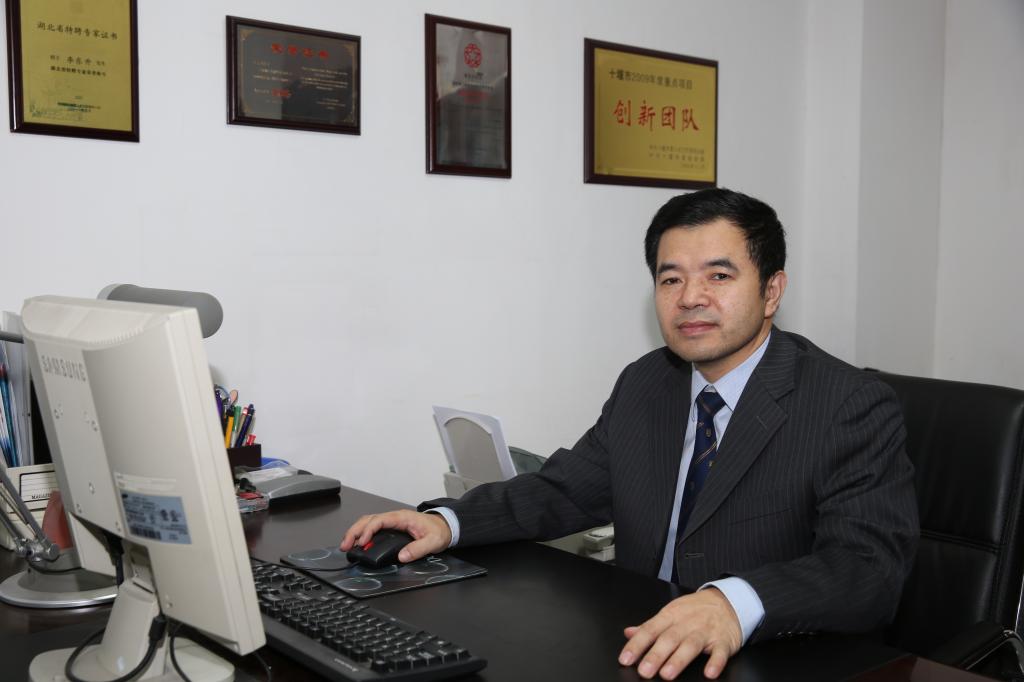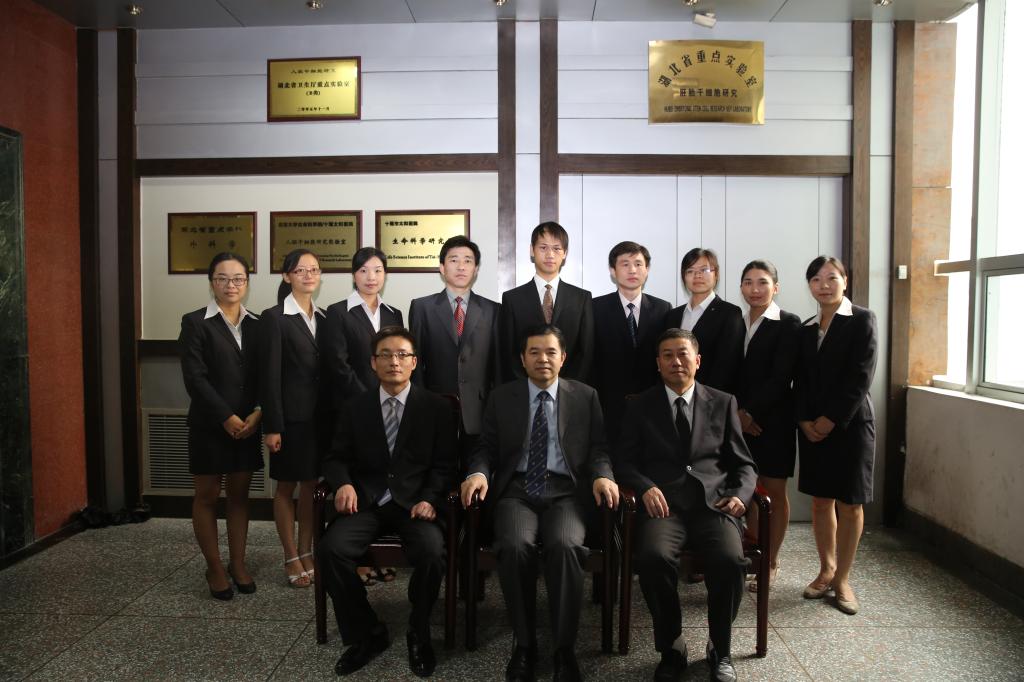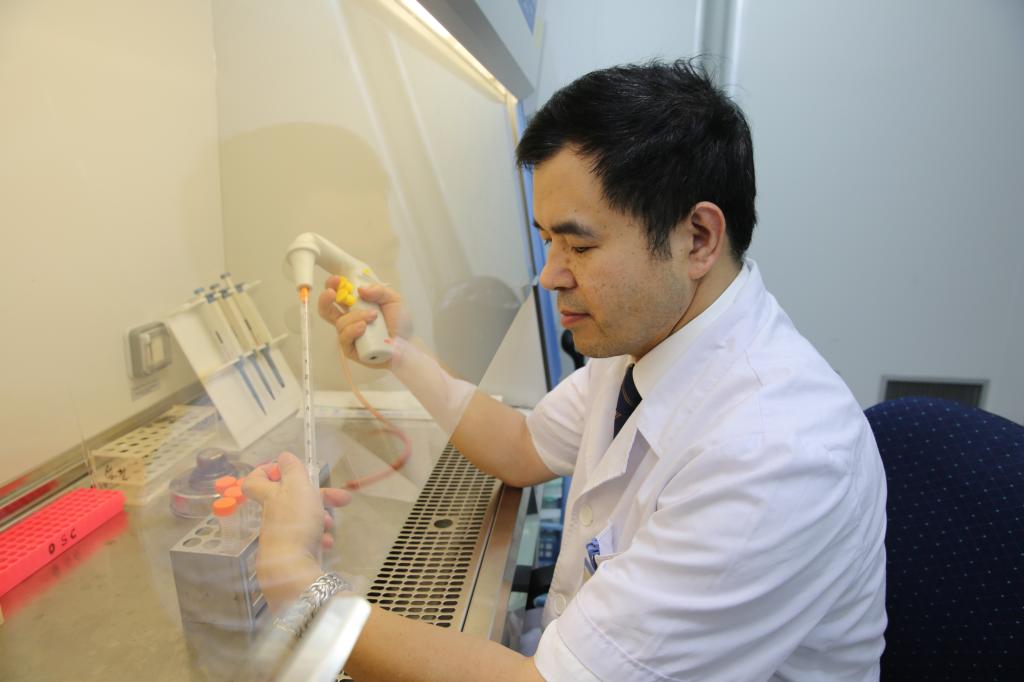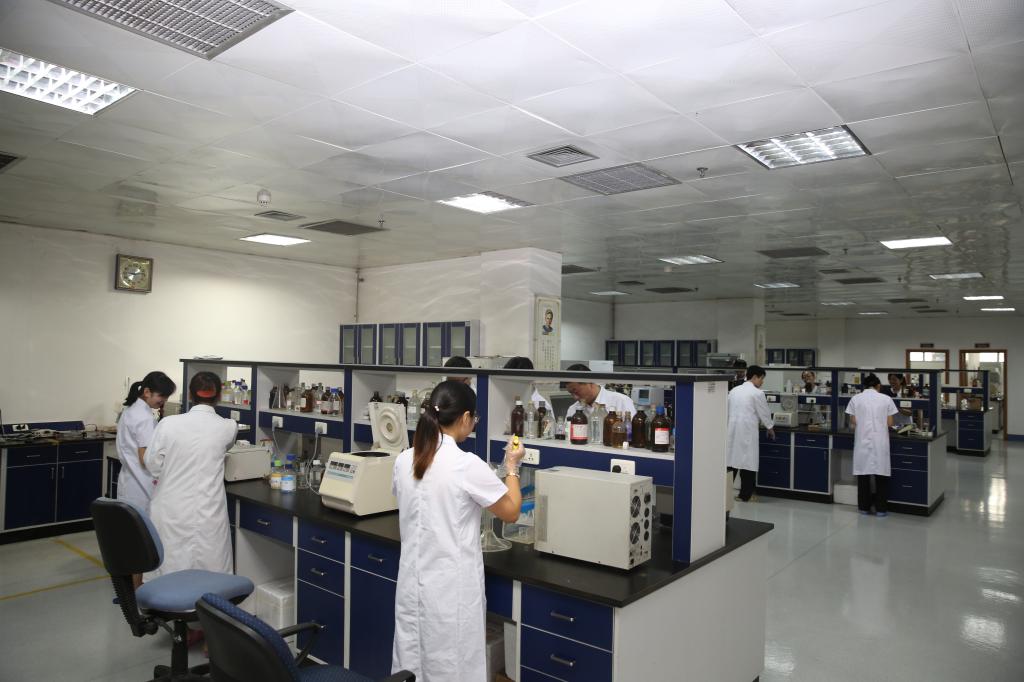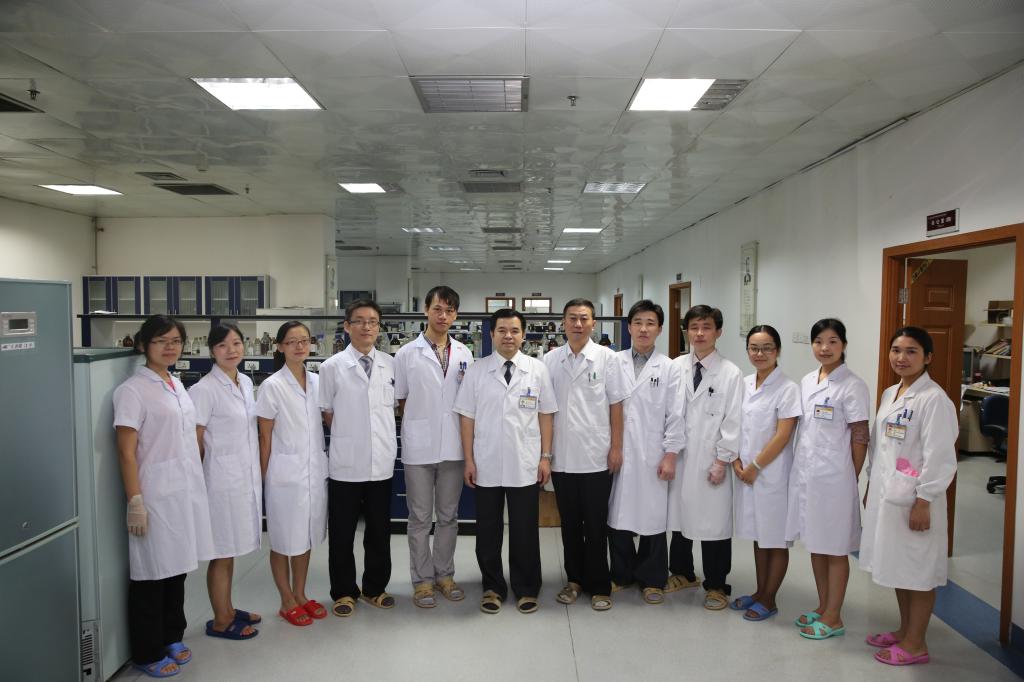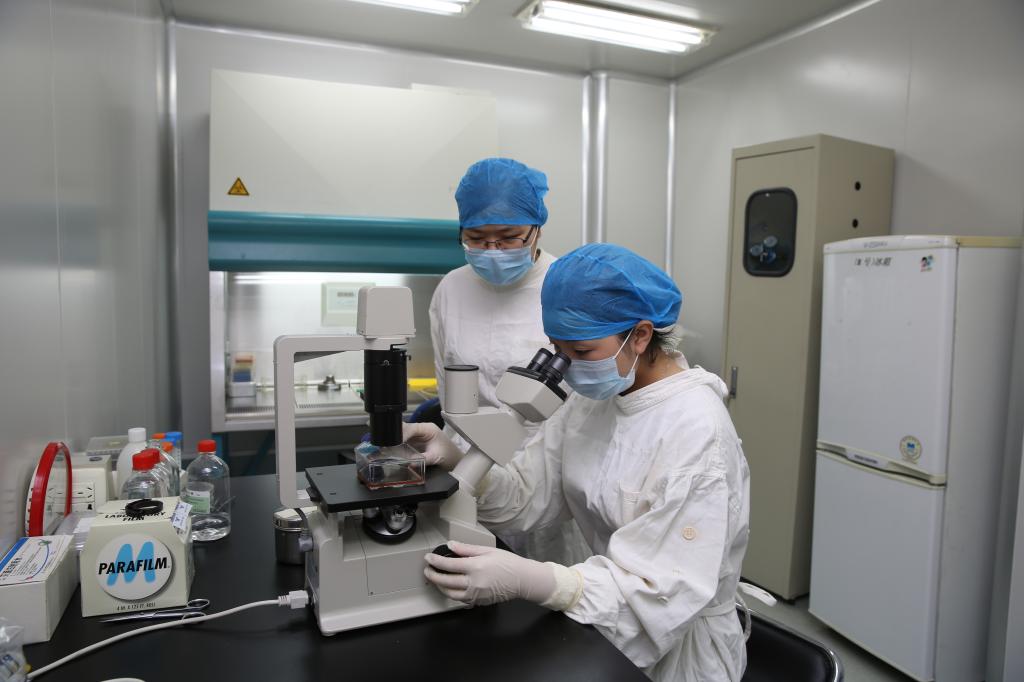The Life Sciences Institute was established in 1997. It covers an area of 1000 square meters. The Life Sciences Institute is equipped with first-class cell culture and molecular biology labs and facilities, with equipment that is valued at over 10 million Yuan. The Life Sciences Institute’s major technology involves human and mouse embryonic stem cell culture technology, technology production, somatic cell cloning (nuclear transfer) technology, mRNA synthesis, gene reconstruction technology, a variety of adult stem cell isolation, proliferation and, clinical transplantation technology. The laboratory has worked with two National Natural Science Foundation Projects, the “3551” Optics Valley Talent Program of the Wuhan Donghu Development Zone and a number of provincial, ministerial and departmental level research projects. The Life Sciences Institute has also participated in the national "Major Projects” and “973” program awarding them with research grants worth more than 5 million Yuan. Since 2006, SCI has published more than 20 papers at the institute, of which the highest impact factor was 9.924 points. The institute also participated in the compilation of four international scientific works and has been awarded with two patents.
The Life Sciences Institute is comprised of the following advantages, characteristics, research direction and, content:
1. Therapeutic cloning (nuclear transfer); the patient’s somatic cell nucleus is injected into enucleated egg cell to develop into blastocysts, thereby establishing the same genetic information with patients with the human embryonic stem cell system. In other words, this kind of stem cells differentiation transplants the cells into patients to treat diseases with no immune rejection. (This idea was awarded during the fifth Wuhan Optical Valley “3551” talent, RMB2,000,000.)
2. Diabetes treatment through the application of stem cell technology. Stem cells can be differentiated into insulin-likeβcells and then transplanted into diabetic patient, replacing its islet function to cure the diabetes. (Awarded by the National Natural Science Foundation Program of China, RMB3,600,000)
3. AIDS treatment through the application of stem cell technology (gene therapy). This research is conducted under the guidance of chief scientist of the National AIDS Prevention and Institute of Viral Disease China Disease Prevention Center, Academician Zeng Yi. (This idea was awarded by the Twelfth Five-Year Plan major projects of National Science and Technology, RMB1,150,000.)
4. Basic and Clinical Application of stem cell technology. This research direction has gotten the approval of the Hubei Provincial Department of Science and Technology. In 2011 our construction project “Hubei Cord Blood Stem Cell Therapy Clinical Research Center” has been approved with the fund of RMB1,150,000.
5. Industrial research & development in stem cell research. In December 2010, the Institute began to move into Wuhan Institute of Biological Technology Research in Wuhan Donghu Development Zone and started its journey into the stem cell technology industry.
